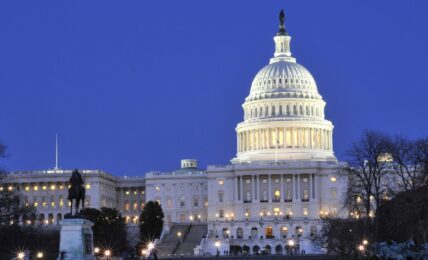Energy giant Chevron announced today a series of new environmental sustainability goals, including more aggressive interim carbon intensity targets, and a pledge to achieve zero routine flaring by 2030.
The new initiatives were announced at Chevron’s annual investor meeting, where the company unveiled plans to increase return on capital employed and lower carbon intensity. Michael Wirth, Chevron Chairman and CEO, said:
“Chevron’s message to investors is summarized in four words – higher returns, lower carbon. We’re building on our track record of capital and cost discipline to deliver higher returns. And we’re taking action to advance a lower carbon future.”
Chevron stated that it exceeded its 2023 upstream carbon intensity reduction targets three years ahead of schedule. In addition to the zero flaring goals, the company set new 2028 targets including a 35% reduction (on a 2016 base) in oil and gas GHG intensity, 65% lower overall flaring intensity, and 50% lower methane intensity. The company also updated plans to increase renewable energy and carbon offsets and to invest in low-carbon technologies such as hydrogen and carbon capture, utilization and storage. According to the company, the new targets align with the second stock-take period under the Paris Agreement and include all of Chevron’s production on an equity-basis.
Bruce Niemeyer, Vice President of Strategy & Sustainability, said:
“Our energy transition strategy is focused on actions that are good for both society and shareholders. Achieving our 2028 goals is expected to keep Chevron a top quartile oil and gas producer in terms of carbon intensity.”
Wirth added:
“We released our third TCFD-aligned climate report today, which details how Chevron plans to deliver long-term value in a lower carbon future. We expect to invest more than $3 billion in the coming years to advance our energy transition strategy.”
The post Chevron Announces New Carbon Intensity Targets, Including Zero Routine Flaring by 2030 appeared first on ESG Today.



